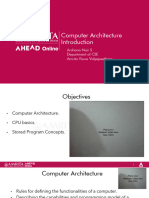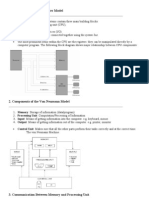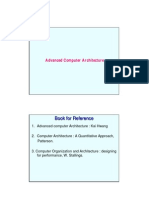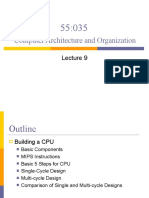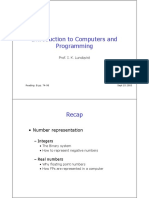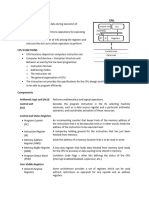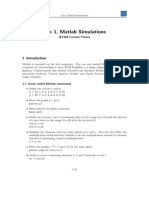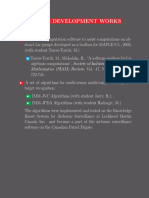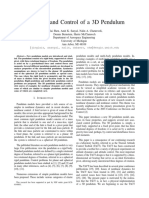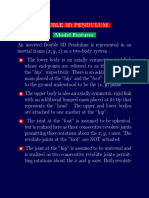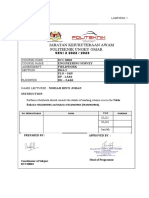0% found this document useful (0 votes)
201 views17 pagesBy Getachew Teshome: Addis Ababa University, Department of Electrical and Computer Engineering
fdd
Uploaded by
Anonymous AFFiZnCopyright
© © All Rights Reserved
We take content rights seriously. If you suspect this is your content, claim it here.
Available Formats
Download as PDF, TXT or read online on Scribd
0% found this document useful (0 votes)
201 views17 pagesBy Getachew Teshome: Addis Ababa University, Department of Electrical and Computer Engineering
fdd
Uploaded by
Anonymous AFFiZnCopyright
© © All Rights Reserved
We take content rights seriously. If you suspect this is your content, claim it here.
Available Formats
Download as PDF, TXT or read online on Scribd
/ 17



